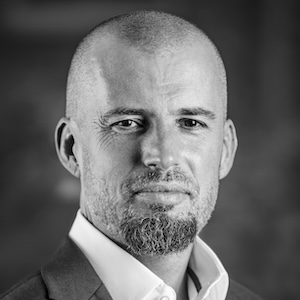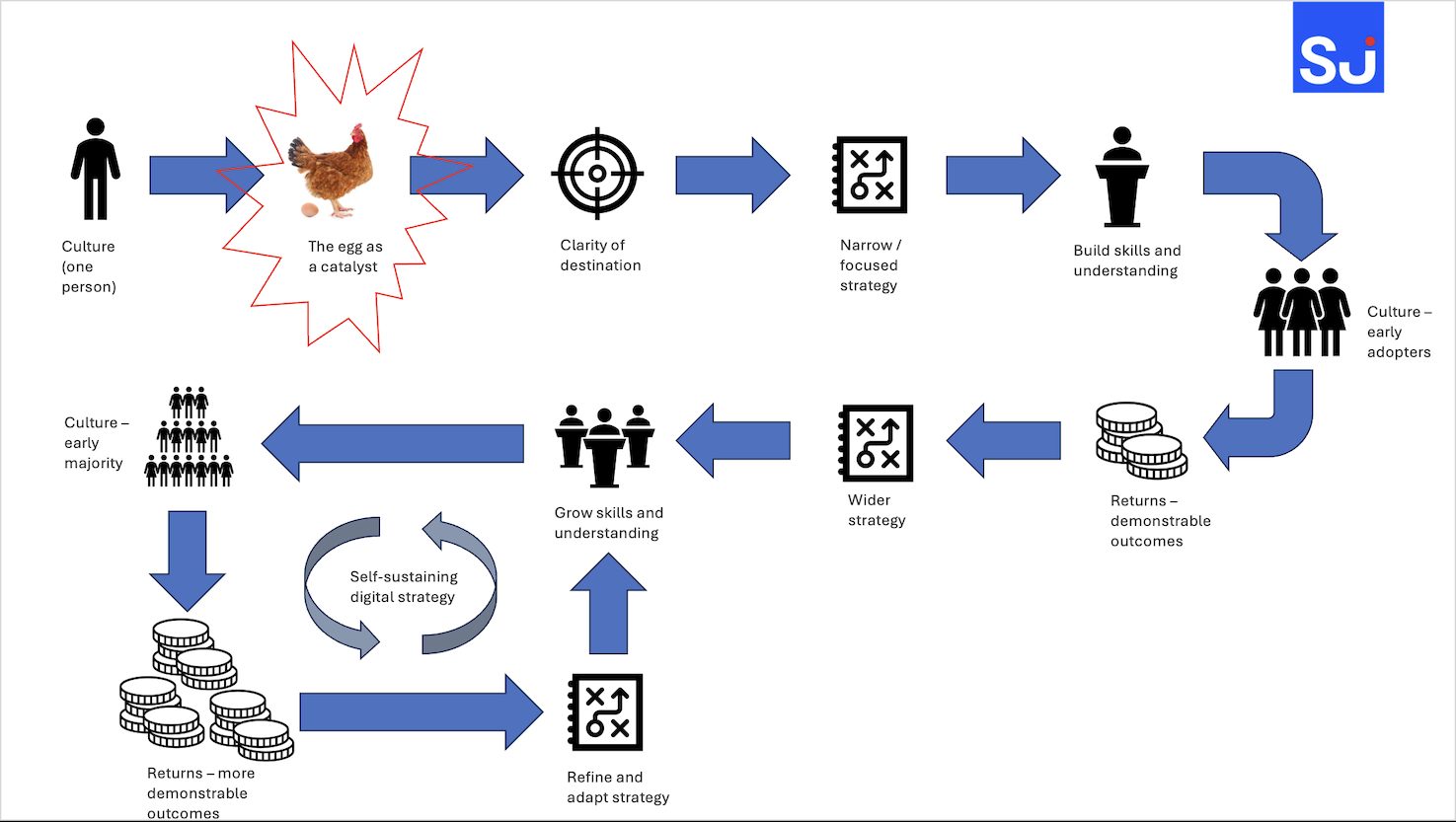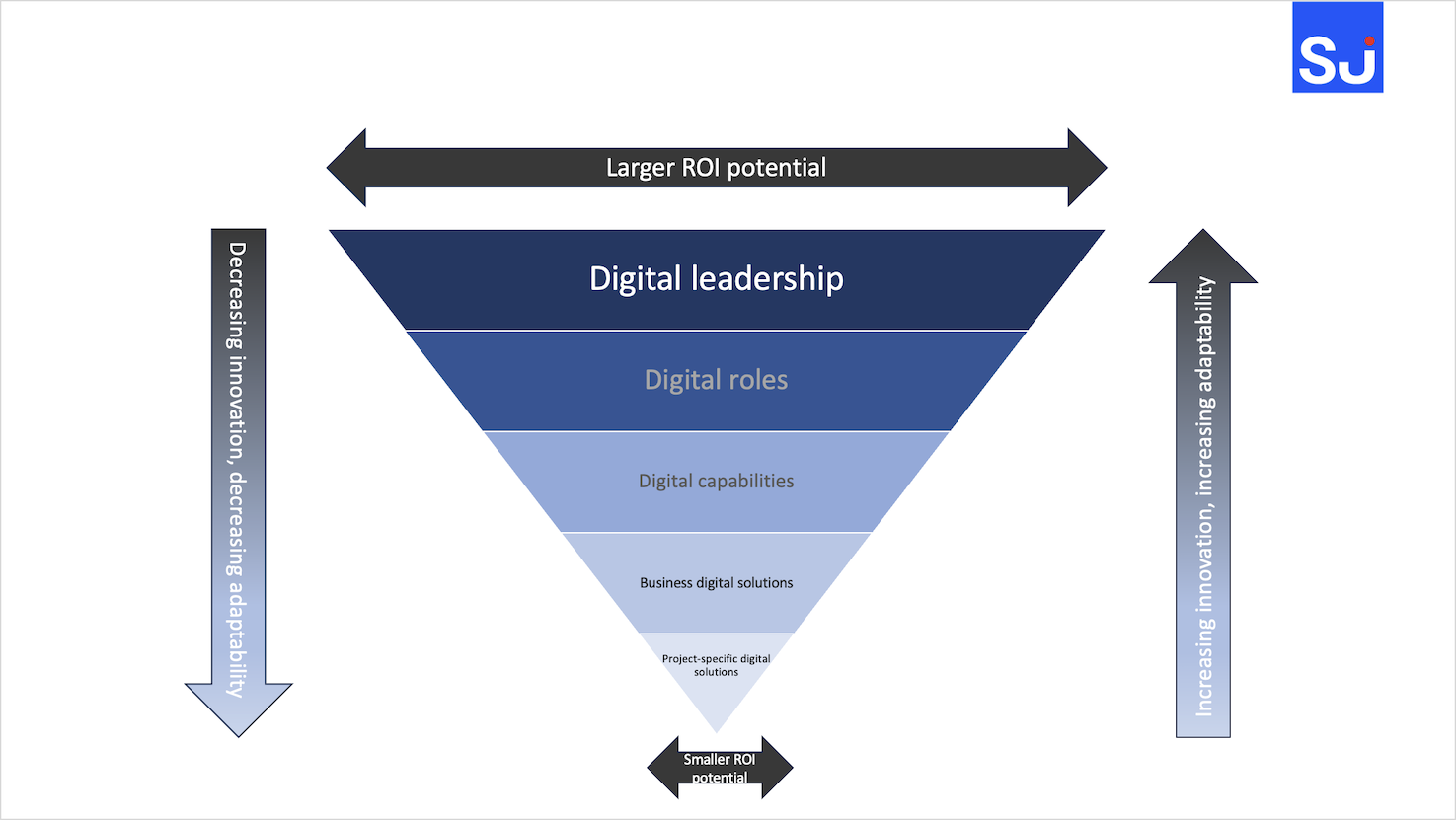
What does it take to be a digital leader? How best to lead digital teams? Those are the questions Paul Mullett reflected on when he changed jobs earlier this year.
After five years as group engineering and technology director at Robert Bird Group, he joined its parent company, Singapore-based consultancy Surbana Jurong, to chair its digital and technology council of excellence. What did he learn in those five years?
Leadership. Now there’s a bucket-sized can of worms. Search the internet for articles or books on leadership and you will find an almost endless supply of confusing advice. And searching for digital leadership is even more confounding. You could, somewhat aptly, ask ChatGPT for the qualities of a successful digital leader and it will surely give you a very polished, if somewhat vanilla, response.
While ChatGPT’s advice may not be wholly useless, there’s nothing like real-life experience. But while we all forge ahead, craning our necks at what’s coming over the horizon, looking back is something we frankly don’t do enough of. So as I transitioned from one digital leadership role to another at the beginning of this year, it was a good time to reflect on my five-year journey so far and share my key learnings.
It turns out that five years’ of learning can be condensed into just a few key bullet points.

“Driving digital adoption throughout an organisation is far more than a singular, finite transformation process, and is more akin to a continuous evolutionary journey.”
Get a ticket to ride
The sooner our industry understands that a digital transformation is not led by technology, the better. It is a real temptation to focus on the shiny toys and latest business media hype, but this will usually be a dead end. Driving digital adoption throughout an organisation is far more than a singular, finite transformation process, and is more akin to a continuous evolutionary journey. But like any journey, for it to be successful, you need three things: a destination, a driver and a vehicle. For our digital journey in AEC, this translates as:
- an understanding of market needs and services (the destination);
- a people-focused approach (the driver); and,
- an appropriate use of digital technology (a vehicle).
Only a strategy that addresses all three will be successful in driving organisational change. A digital transformation journey therefore requires engagement with all corners and facets of the business. This makes the digital journey more involved, more complex and messier than you may have hoped for, but it is the reality of the challenge.
Have eggs for breakfast!
The famous quotation attributed to Peter Drucker, “Culture eats strategy for breakfast”, suggests that culture is more important than strategy, which we often see argued in purely polarising terms. In fact, they are both critically important and also intimately related. You need a strong strategy to build a positive culture, and you need the right culture to develop a worthwhile strategy. Like the chicken and the egg, it can be difficult to distinguish which should come first. The reality is, however, that it doesn’t matter – as long as you have eggs for breakfast.
Indeed, culture need only start in one person for it to be effective. It is an indisputable fact that the egg must be laid for the process to start. From there, the interplay of strategy development and cultural growth – if played correctly – can be truly transformative in breaking-fast on business as usual, doing things differently and building, step by step, tangible returns and cultural change. Be the egg!

Power to the people
Driving digital change is hard. The idea of changing a whole organisation can often feel overwhelming. But there are a few concepts to be aware of that can help you leverage the power of people to support you on your journey. All of these have been useful to me in understanding the personal dynamics in affecting organisational change:
- Driving digital transformation is a challenge of change management, itself a field which has been studied for decades. Be familiar with concepts such as John Kotter’s logical eight-step change model and think how you can use it within your organisation. Creating urgency, forming a coalition, developing and communicating a vision, removing any obstacles, leveraging short-term wins, building upon the change, and anchoring it in corporate culture all make perfect sense, and should form part of any strategy.
- Digital transformation is also driven by the adoption of key ideas, which can be modelled using Everett Rogers’ Diffusion of Innovation Theory and extended to Geoffrey Moore’s Crossing the Chasm concept. This talks about the need to move over the tipping point where ideas become self-sustaining. Getting the ‘early majority’ (more than about 16% of a given population) on board is crucial to sustaining digital adoption. Digital transformation cannot sit in an ivory tower – grassroots change is imperative.
- People are human and inevitably have their own needs. Again, this idea is not new. Maslow’s Hierarchy of Needs is well known and can be applied to driving digital at an organisational level by understanding it at a human level. Beyond physiological needs, all tiers are relevant to implementing digital strategy: from building a permission-based, no-blame culture, to creating digital communities, to giving individual autonomy and meaningful roles, and ultimately being part of something bigger.
“An unnecessary focus on ROI will destroy any well-made strategy and cripple positive cultural shifts.”
Stuck in the middle with you
The above concepts are all valid and powerful tools, but the reality is challenging. The degree of difficulty is heavily influenced by the mindsets of those you engage with. Mindset in this sense refers to Carol Dweck’s concept of a closed/fixed mindset (limited and excuses-focused) versus an open/growth mindset (unlimited and action-focused). We see these in play in our interactions with everyone we encounter.
Some of the most crucial interactions are with middle management. This middle-ground is often highly pressurised, delivery focused and influenced by financially-biased KPIs – both business and personal. Navigating this with only lofty strategic aims will be like bringing a knife to a gunfight. It’s therefore important to be ready to get your fingers dirty, be specific and use every tool you have in your toolbox to have the right influence and impact.
At the heart of this challenge is a fear of change, and the journey requires you to move perspectives from “I don’t want to change” (read: I’m scared) to “change is necessary and valuable” (read: I’m excited). To do this effectively, you will need to understand these fears and motivations, requiring acute listening skills and the ability to dig deeper and identify the real pain points.
As you navigate this journey, and people at multiple levels, as a leader this can put you in a place where you feel stuck in the middle. Stuck between corporate expectations and resource and budget constraints, stuck between management KPIs and grassroots expectations, and stuck between your own personal expectations and the realities of doing business. In some respects, this is an inevitable part of the process, and you will need to maintain an open mindset yourself to stay positive and to keep focused on the end goal.
Elevate the ROI

An unnecessary focus on ROI will destroy any well-made strategy and cripple positive cultural shifts. While it’s an important tool in the executive armoury, it is also important to use it appropriately, at the right time and at the right level. Large technology acquisitions and investment in major development projects will clearly require ROI to be considered. However, most steps on the journey are not like this.
Asking for an assessment of ROI on every training course attended, every extra licence or every small software development project will not take the business where it needs to be, in fact it will do the opposite. This approach uses ROI, incorrectly, as a micromanaging tool and indicates a lack of trust. Think big: elevate ROI to a level where it is meaningful, collective and strategic, using other risk and project management tools to take care of the small stuff. Focus ROI on key roles and people. Have you got the right people in the right places in the business to create impact?
Self-fulfilling and sustainable
On my five-year journey at Robert Bird Group, we invested primarily in roles and skills. By putting the right people into the right roles, and the right places in the organisation, we made huge changes to how digital was led and coordinated throughout the business.
We built corporate teams to drive software and data initiatives that were best done centrally, put passionate people into regional BIM, computational design and visualisation roles, and built forums and leadership networks to connect them together. This took individuals who had been siloed and limited in their value-potential to a totally different place – allowing them to spread their wings and their influence, touching multiple teams and projects for the better. ROI discussions were focused not on the individual digital projects and initiatives, but on our people and their potential for impact.
An approach founded on the above principles empowered our people, gave ownership to our initiatives, built culture and common purpose, while still maintaining accountability to our business leads. This has kickstarted something self-fulfilling and sustainable, that now feeds itself to continually improve and innovate.
I take these learnings onward to my new role. Wish me luck… as I wish you luck also.
Don’t miss out on BIM and digital construction news: sign up to receive the BIMplus newsletter.











